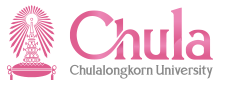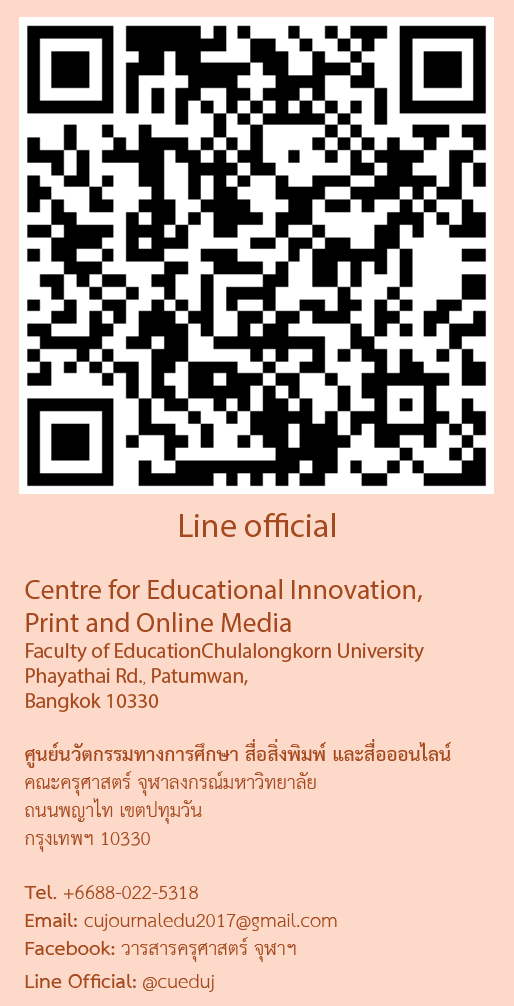Abstract
This study aims at exploring the components and learning processes of personal learning environments shaped by students of the Faculty of Education majoring in computer education. The participants of the study were 37 students of the Faculty of Education at Chulalongkorn University who took computer programming courses selected using the purposive sampling technique. The research instruments were a questionnaire and an observation form about making use of personal learning environments. The data were collected during and after the semester, analyzed using standard statistics, namely percentage, average, and standard deviation, and examined as concept maps. The results showed that there were three components of personal learning environments that the majority of the participants chose: people, comprising instructors, learners and their classmates; content, consisting of books and materials that the instructor gave and shared on the network drive, sources that were accessed via search engines, social network sites, academic sites, and other books and documents; and communication, involving face-to-face communication in classrooms, the use of Google Drive, Line app groups, and knowledge-sharing blogs. It was also found that the learners showed an average score for each learning process according to the components as follows: 44.22 for people, 38.54 for content, and 17.97 for communication, respectively.
Publisher
Faculty of Education, Chulalongkorn University
DOI
10.58837/CHULA.EDUCU.47.4.10
First Page
176
Last Page
196
Recommended Citation
Keereerat, Chayakarn; Na-Songkhla, Jaitip; and Sujiva, Siridej
(2019)
"A Study of Creating Personal Learning Environments by Students of the Faculty of Education Majoring in Computer Education,"
Journal of Education Studies: Vol. 47:
Iss.
4, Article 10.
DOI: 10.58837/CHULA.EDUCU.47.4.10
Available at:
https://digital.car.chula.ac.th/educujournal/vol47/iss4/10


